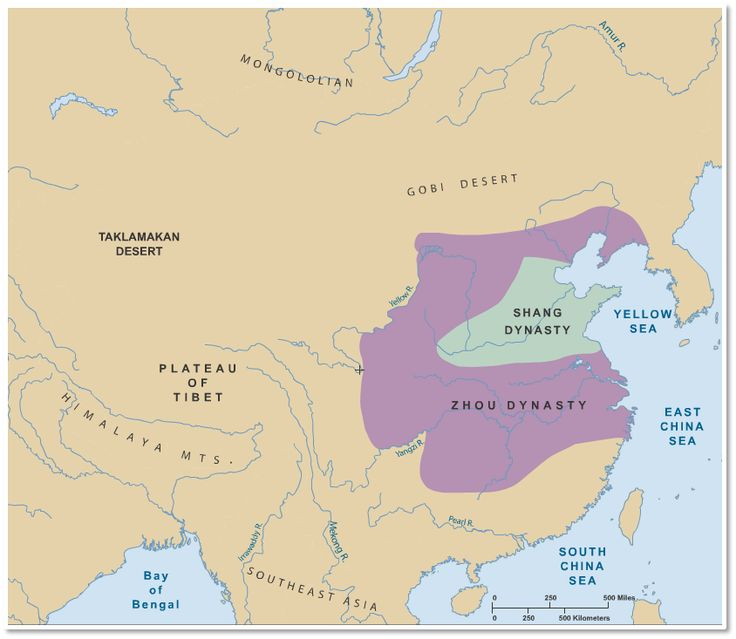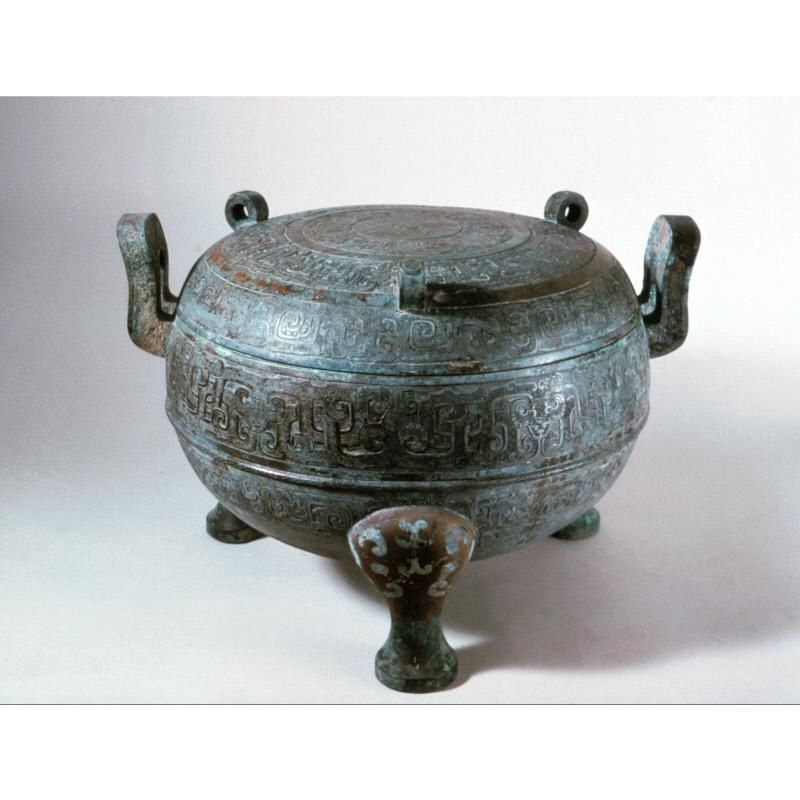The Zhou Dynasty (1045-256 BCE)

The Zhou people originated in modern-day China's Shaanxi province, located far to the west of the Yellow River. Around 1050 BC, they defeated the Shang and created their own dynasty. The Shang and Zhou dynasties had many similar cultural features. They use metals, engage in divination, and perform equivalent religious rituals.
According to Chinese mythology, Jiang Yuan, the wife of the mythical Emperor Ku, became pregnant with a child named Qi after entering the sacred footprints of Shangdi. This event marked the beginning of the Zhou Dynasty. Qi is a cultural hero known for enduring three instances of mother abandonment. He also achieved significant agricultural improvements, prompting Emperor Shun to elevate him to the status of a lord and confer the title of "Lord of the Millet".
Because its capital was in western China, the early years of the Zhou Dynasty (1050–771 BC) are also known as the "Western Zhou" period. The early rulers of the Zhou dynasty created a type of feudalism with territories administered by designated relatives and other nobles due to their broad dominion, greater than that of hospitals. They developed the concept of Heaven and Heavenly Mandate to justify the destruction of the Shang. They think that a ruler can only take power if he is endowed with favor from heaven. A monarch must be a moral leader because this belief has a holy moral force. Early Zhou Dynasty Art is mainly a continuation of Shang Dynasty art. Copper is a prime example of this. For their own decorative bronzes, the Zhou borrowed motifs from Shang contemporaries, but they also added fresh patterns and forms.
The power of the Zhou rulers diminished over time as the constituent kingdoms became increasingly independent, wealthy, and powerful. Furthermore, a nomadic invasion forced the Zhou emperors to retreat eastward and establish a new capital at present-day Luoyang. That was when the Eastern Zhou Dynasty officially began (771–221 BC). There was a lot of political turmoil during the Eastern Zhou Dynasty. For control of land and politics, the nations were constantly at war with each other. The second part of the time is actually known as the Warring States Period (475-221 BC), during which weak states eventually united to form seven powerful kingdoms. These seven nations fought each other for control of the region until the Qin dynasty emerged as the victor and formed the Qin dynasty (221–206 BC).
The visual arts show a weakening of the Zhou rule of concentration. The sole use of bronze artifacts for official and religious ceremonies ceased. To demonstrate their status and wealth, local lords bought copper coins. The metal inscriptions make this very clear. Zhou's bronze inscriptions cover a wide range of subjects and often list some honor or achievement of the living nobility, expressing the elite's desire to maintain their rank and reputation. In addition, there have been developing new methods of decoration. The first paintings were of hunting scenes in ancient China. Even more choices of form and decoration have been created using new molding processes, such as waxing techniques. Musical instruments, especially bells from the rich finds in Zhou tombs, are a recent addition to Zhou bronze. It is clear that music, whether used for religious or recreational reasons, played an important role during the Zhou period.
The Eastern Zhou Dynasty saw great progress in the humanities and arts. During this time, China produced many brilliant minds. All new concepts were introduced, such as the emphasis on social and family structures in Confucian schools, following natural patterns in Taoism, and promoting systematic rewards and punishments in legalism. They mentioned the important issue of the day, which is how to build an orderly and peaceful community. Later, Chinese ideas were still influenced by these opposing ideologies and systems of thought, many of which are still in use today.
To summarize, the Zhou dynasty:
- lasted 789 years from 1046 BC to 256 BC.
- passed through two periods: Western Zhou and Eastern Zhou.
- achieved a new turning point in bronze making and decoration.











